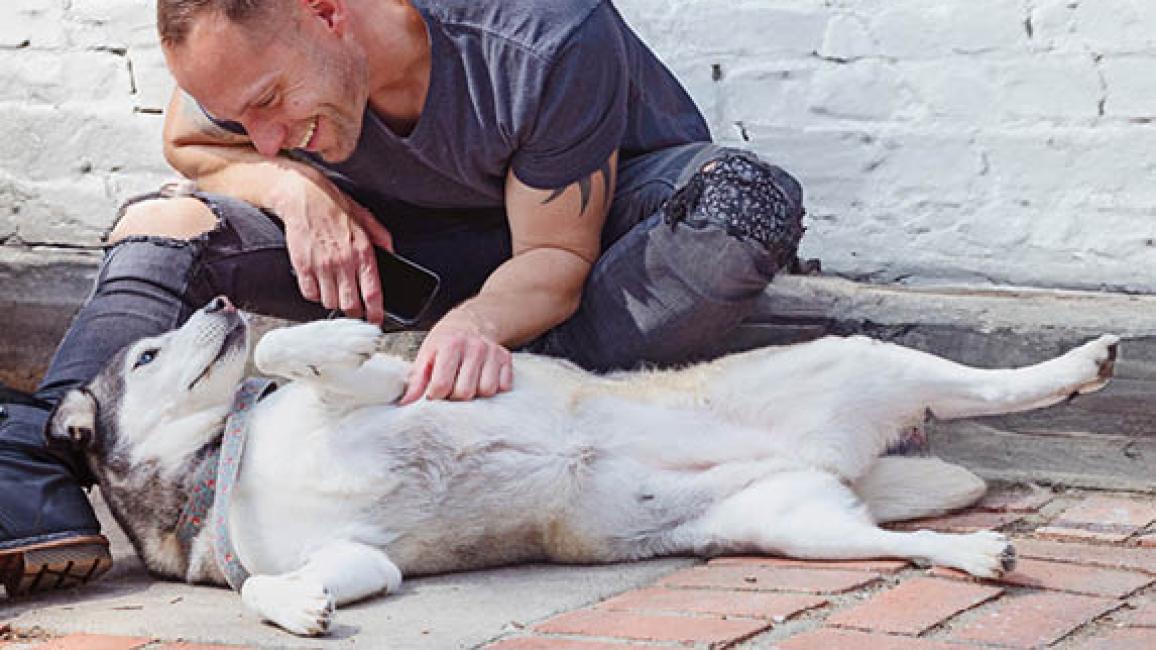Killing in shelters would end if 6% more people adopted

We are closing in on bringing the nation to no-kill in 2025, but as I often say, the gap to no-kill — the number of animals still being killed in our nation’s shelters for the simple lack of a home — is still too high until we can truly say that no healthy or treatable animals are dying in that manner.
But the gap, when compared to the number of families planning to acquire a pet in the next year, is small; and that’s part of what makes no-kill in 2025 so achievable.
The fact is that about 7 million homes in America are planning to add a pet to the family in the coming year. If just 6% more of those families chose to adopt instead of purchase, we would end the killing of cats and dogs in our nation’s shelters. That’s how solvable this issue is. That’s how straightforward it is to get our country to no-kill.
When we put the stake in the ground back in 2016 to make every shelter and every community no-kill in 2025, we didn’t know how we were going to do it. We didn’t have thorough data tools to encompass every shelter and understand where their lifesaving was at. At that point, we didn’t even know how many total shelters there were across the nation. All we knew was that we were going to blaze a trail forward to get more dogs and cats out of shelters and into homes to make our country no-kill.
We have made great progress since that declaration. Today, 62% of our nation’s shelters are no-kill, and 78% are at or above an 80% save rate. However, adoption rates have been steadily declining in the past five years, still not yet rebounding to where they were pre-pandemic. In fact, every 90 seconds, a dog or cat is killed in a U.S. shelter simply because they don’t have a safe place to call home.
Every 90 seconds. Let that sink in. But remember: If only 6% more people adding a pet to their family this year choose to adopt, we would end the killing. It is so doable.
Today, April 30, we’re installing a massive pop-up event in the middle of Times Square to bring awareness to this need for adoption, to show how close this lifesaving gap is, and ultimately to bring pets home. We’ll have adoptable pets, a full living room setup, and a giant play yard. People are encouraged to meet these adoptables, take photos and videos with them in our living room installation, play with them in the play yard, and of course bring a new best friend home. You’ll also have the opportunity to share photos and videos of your pets at home to help show just how good life is when a pet is at home with their person. Best Friends is working with our partners to get more dogs and cats out of U.S. shelters and into homes, and we’re utilizing every creative measure we can, this fun-filled activation included.
Fact: In 2023, the number of dogs killed in U.S. shelters increased by nearly 30% compared to the year before. And while slightly fewer cats were killed compared to the previous year, 208,000 cats still lost their lives simply because they didn’t have safe places to call home. These stats should serve as a call to action for every animal lover in the United States to promote shelter adoption as the first choice when acquiring a pet. It’s not a hard sell.
One of my favorite sounds in the world is hearing my dogs barreling toward my front door to greet me when I arrive home. It’s a joy that never tires and one that I’m sure many, many of you relate to — or perhaps it’s the pitter patter of paws and meows of cats curling around your legs in greeting. Either way, pets make our houses homes. And our presence makes a house a home for them.
Our best friends don’t belong in shelters. They belong at home. You can help get more dogs and cats out of shelters and into homes by adopting, fostering, volunteering, and spreading the word that if only 6% more people adopted versus purchased a pet, cats and dogs would no longer lose their lives in shelters. They would be safe in homes.
This is solvable. We can get our country to no-kill. Let’s do this.
-Julie
